Overview
Map
Other Details
كنيسة مار الياس
Jbayl
Jbeil
Mount Lebanon
كنيسة مار الياس - بجرّينهي البناء الوحيد الباقي من قرية بجرّين التي هُجرت على إثر الحرب العالميّة الأولى. تعود للعهد الصليبيّ، وهي محافِظة على طابعها القديم فلا توجد فيها قبّة جرس. بناؤها بسيط، وتظهر على جدرانها بقايا جداريّات مخفيّة تحت طبقة الكلس.The church of St Elias - BjerrinIt is the only standing building in tbe village of Bjerrin that was abandoned after the World War I. The church dates back to the times of the Crusades, and still preserves a modest architecture without a bell tower. On the walls are visible the remains of medieval frescoes under a layer of stuco.
Visited 2231 times, 2 Visits today



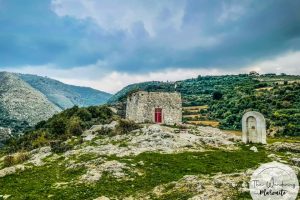
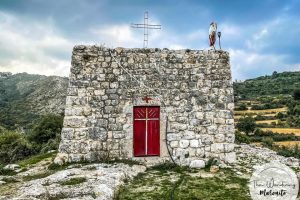
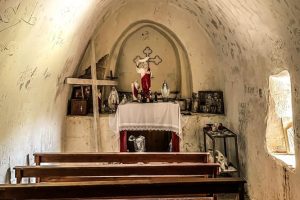

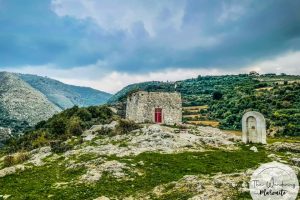





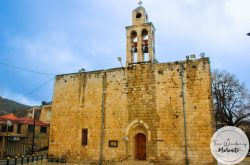

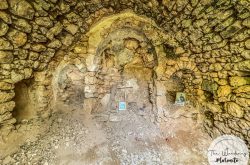
Reviews are disabled, but trackbacks and pingbacks are open.